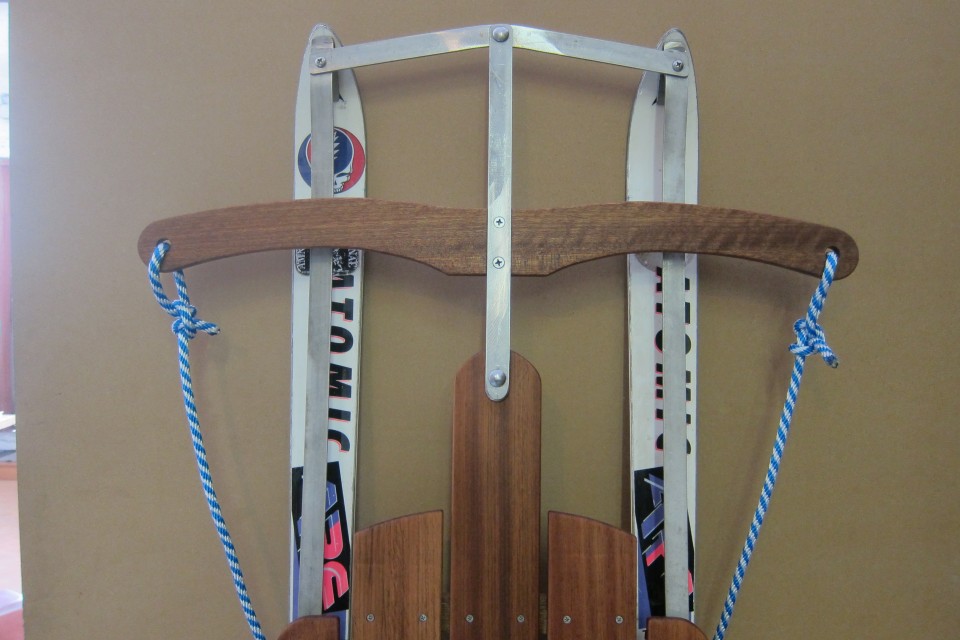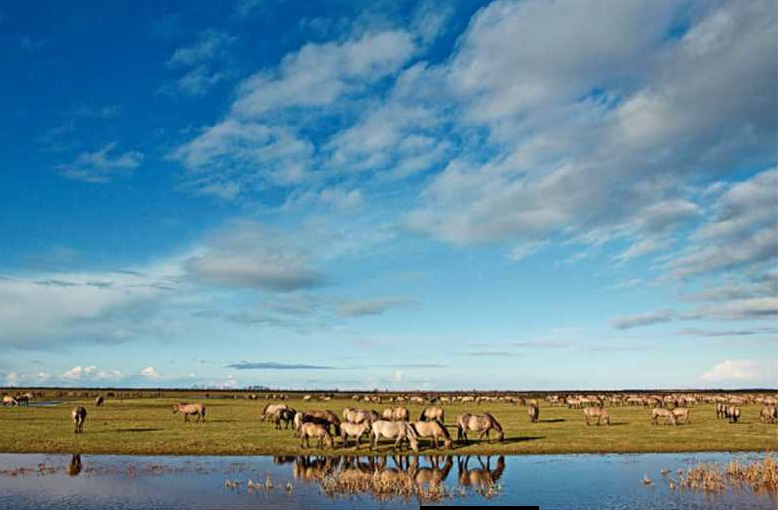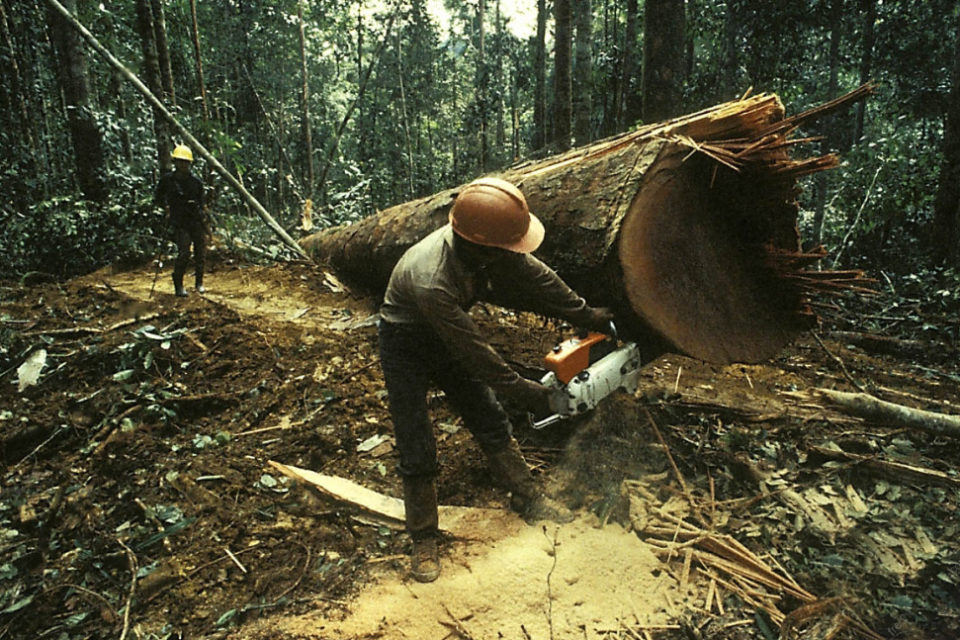Featured
Thoreau and Modern Science
Rearchers in Massachusetts and Wisconsin are comparing modern flower blooming data with notes made by Henry David Thoreau and Aldo Leopold. They’re seeing many plants, including irises in the Boston area, blooming consistently earlier than in the mid-1800’s.
Trees go home for the holidays
On holiday trees.
- A typical tree can take from 8-12 years to go from seed cone to tree stand.
- The largest tree operations harvest a million trees/yr. Smaller ones about 30,000.
- Seedlings are produced by large forestry company’s transplanted several times.
- Blue Spruce is a popular variety, and Firs are now sourced in Turkey and Korea.
- Organic tree farms are rare. Growers typically use pesticides.
source: NY Times, Dec. 6, 2012.
Reduce, Reuse, Rewild
Recall of the Wild by Elizabeth Kolbert, in the Dec. 24 issue of the New Yorker. The Dutch government’s reclamation of 15,000 acres to recreate a Stone Age ecosystem – an inspiring re-populating of animals, mostly herbivore’s on the open planes, and a remarkable attempt to bring a species or two back from extinction, primarily the Aurucks – a kind of giant cow. And as proof that it wasn’t conceived by the government’s travel promotion dept. or an Amsterdam PR firm, they’ve called it “Oostvaardersplassen”.
The feature of the mid-December issue is “Polar Express” by Keith Gessen, which follows a a commercial ship through the the melting Northeast Arctic. Unfortunately, a pre-historic park is a life raft beside a sixty-one thousand ton vessel of iron ore.
Timber!
U.S. demolition sites reclaim just a fraction of the estimated five billion board feet of timber that is consumed across the globe each year – used for making tissue paper to laminated timbers. Increasingly, logs move through global commodity chains from southern tropical forests to factories in emerging economies like China and ultimately to northern big box retailers like Walmart, Home Depot, Lowes, Ikea, and Staples.
The shift is putting the worlds remaining old growth forests in Indonesia, Cambodia, Malaysia, Vietnam, Africa, Western Brazil and other regions under threat of disappearing. Corporations, responding to increasing pressure from consumers, are challenged to document even a fraction of the long and complex supply chains that often lead to illegal logging operations. Global warming, species extinction and severe social and environmental effects, including long term economic consequences for local communities, are the hidden cost of many consumer deals.
A new book, “Timber” by Peter Dauvergne and Jane Lister shines a strong light, deep into the planets most vulnerable forests and the global supply chain that branches out in all directions. The irony of Sawkill – reclamation work as deforestation offset – doesn’t amount to much in absolute numbers, but joins a diverse range of responses that hopes to save old trees – and chainsaw blades.
Tony Stanzione
 Tony Stanzione – artist, GC, master fixer – assembled this re-make of the classic sled (origins Dutch ‘slee’ or slide) from some of the finest materials – tropical wood scraps, second hand Atomic skis and spare shop materials. Sleds were used as far back as ancient Egypt to haul material, but early models are found on excavated Viking Ships. Winter wonderlands are fewer these days, but the beauty is a stand out among a crowd of plastic toboggans, and will hope to be hitting the slopes (of Prospect Park) some day soon.
Tony Stanzione – artist, GC, master fixer – assembled this re-make of the classic sled (origins Dutch ‘slee’ or slide) from some of the finest materials – tropical wood scraps, second hand Atomic skis and spare shop materials. Sleds were used as far back as ancient Egypt to haul material, but early models are found on excavated Viking Ships. Winter wonderlands are fewer these days, but the beauty is a stand out among a crowd of plastic toboggans, and will hope to be hitting the slopes (of Prospect Park) some day soon.






